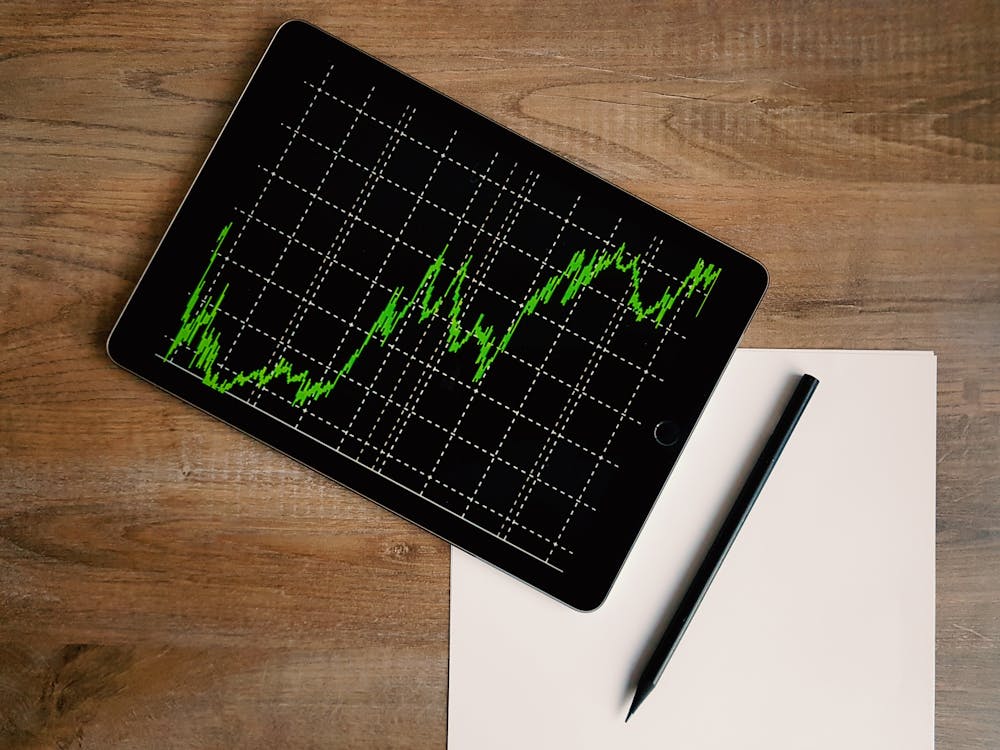Recession Fears: Real And Imagined

Image Source: Pexels
Short-term interest rates move much more than longer term rates. If the overnight money rate, that the Fed directly controls, rises by 2.0-2.5 percentage points over the next year and a half, as is now widely expected, it is likely to far exceed the increases in longer term interest rates. This creates the possibility of an inverted yield curve, where shorter term rates exceed longer term rates.
In this situation, we may well expect to see a recession, but the key factor is the Fed’s increase in shorter term rates. The Fed’s goal in raising rates is to slow the economy. If it pushes the economy into a recession, then it will have gone too far.
We may also see an inverted yield curve in this situation, as short-term rates are pushed higher by the Fed. In addition to not rising as much as short-term rates, long-term rates may also be held down by an expectation that a recession will imply lower short-term interest rates in the future. But the inverted yield curve is not the cause of the recession. It is a phenomenon that goes along with a recession.
Will We See a Recession?
There is a real risk that in the effort to slow inflation, the Fed goes too far and pushes the economy into a recession, but this is still very far from a done deal. The economy had been growing very rapidly in the fourth quarter of 2021. It would have to slow sharply from that pace to push the economy into a recession.
That is a possible story. Rapid consumption growth was the biggest factor pushing GDP higher in the recovery. This growth was fueled in part by the pandemic checks sent out to people in the CARES Acts and the Biden recovery package, as well as the unemployment insurance supplements. These payments are now in the past. People still have more money in their bank accounts than before the pandemic, but thus far they have not spent from these savings to any substantial extent.
Higher interest rates will also directly discourage consumption of items typically bought on credit, like cars and major appliances. Higher rates also have already put an end to a refinancing boom, that allowed for interest savings of thousands of dollars a year for tens of millions of homeowners. Also, to some extent the spending we saw over the last year and a half will directly depress future consumption. If someone bought a new car in 2021, they are unlikely to buy another one in 2022.
For these reasons, it is very likely that we will see a sharp slowing of consumption in 2022, which will in turn depress overall growth. But, the flip side of this slowing of consumption growth is that it should alleviate the supply chain problems that have played such a central role in driving up inflation. If the demand falls for cars, refrigerators, and other goods that people bought in large quantities in 2020 and 2021, we may see their prices fall back towards pre-pandemic levels.
We have already seen this story with televisions, where a 6.3 percent drop in prices over the last five months, has largely reversed an 8.7 percent increase between March and August of last year. We also may be seeing this story with used cars. Used car prices soared in 2020 and 2021, with the index rising by more than 50 percent between February 2020 and January 2022. However, prices began falling in February. In one private price index, by the middle of March, used car prices had fallen almost 6.0 percent from their January peak.
If these price reversals continue and are seen in other items that saw rapid inflation during the pandemic, then we will have much less inflation for the Fed to fight. This presumably means fewer rate hikes and less of a hit to the economy.
It is also worth noting that growth in other sectors is likely to help support the economy, even if consumption growth is weak. We are seeing a boom in housing construction, which is likely to persist, even in the face of rising interest rates. House prices have risen by more than 30 percent over the last two years, which should mean that builders can still make healthy profits even if they have to pay somewhat higher interest on the money they borrow.
Nonresidential investment has also been strong, in spite of weakness in the construction of office buildings and other non-residential structures. And, the government sector should also be boosting growth, as the Biden infrastructure package takes effect and state and local governments spend more of the money they accumulated from the various pandemic rescue packages.
In short, while there are real grounds for being concerned about the risk of a recession, there are also good reasons for believing that the economy can continue to grow at a healthy pace. In any case, we should keep our eyes on the forces that actually drive the economy, and not be distracted by quirky recession signals that don’t tell us anything.



